Planting with care
The right plant, in the right spot, is the right plant
Is it time to add color or texture to your yard? Or, is an existing plant damaged? Perhaps, privacy or a wind break is needed. Whatever the reason, we'll find the right plant. Even if that means going to different nurseries in the area. When ready to dig, we'll follow the recommended planting guidelines. So, you'll know it's done right, and will be the best.
But before we begin, we are wondering if you love native plants as much as we do? If so, that's great! If not, that's ok too! Just know there are often native choices equal to many of the popular non-native species. And since landscape architects are using many native plants in their designs, this is an easy choice when adding more value to your yard. Plus, the local ecosystem will just love it.
The Planting Process
- Selection
- It begins with the site location and other considerations:
- sunlight exposure
- soil type
- drainage conditions
- spacing restrictions
- nearby plants
- microclimate
- planting budget
- landscaping purpose
- Next we'll check plant availability at various nurseries
- Then, requirements will be matched up with plant tag information:
- type of plant
-
- light exposure
- water needs
- mature size
- season of interest
- hardiness and native range
- growth habit
- And finally, the right plants are selected and delivered
- It begins with the site location and other considerations:
- Methods
- dig saucer shaped hole, 2-3x diameter of container, retain soil
- dig no deeper than 1/2" - 1" less than the root ball depth
- remove wrapping or container, and loosen outer roots if container bound
- amend retained soil as needed
- position plant and backfill, lightly tamping
- form a perimeter lip or basin around plant to catch water for irrigating
- Plant Care
- water in new plant
- mulch around plant, no closer than a few inches from base of plant for a non-cosmetic layer (optional)
- After Care Requirements
- water regularly as needed during the first year, up until about November (approx. 1-5 gal/wk depending on size of plant)
- fertilizer is not recommended the first year, allow roots to get established into the native soil
- for best results do not use powered hedge trimmers, and avoid shearing to shape; prune using selective cuts at the appropriate locations and right time of year
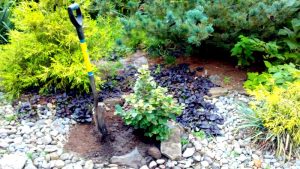
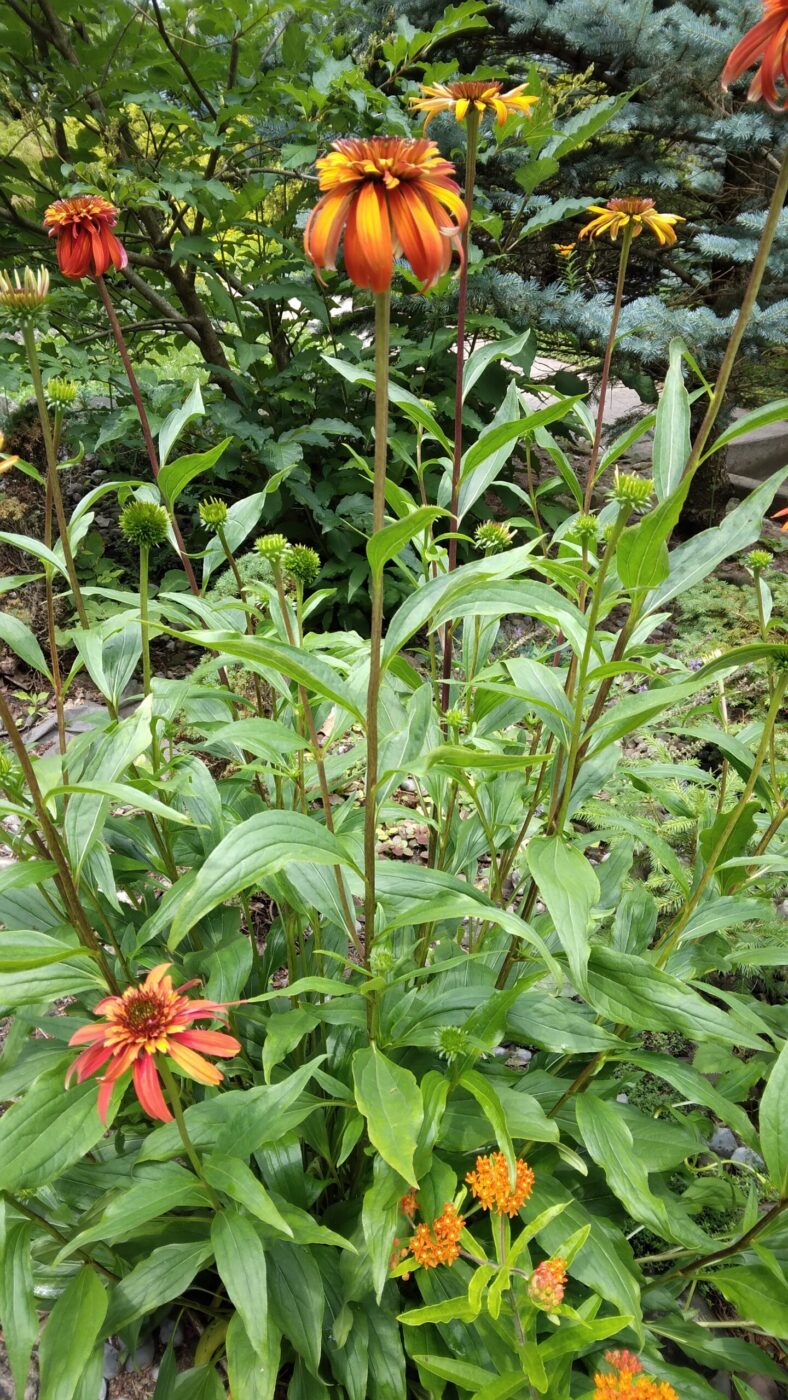
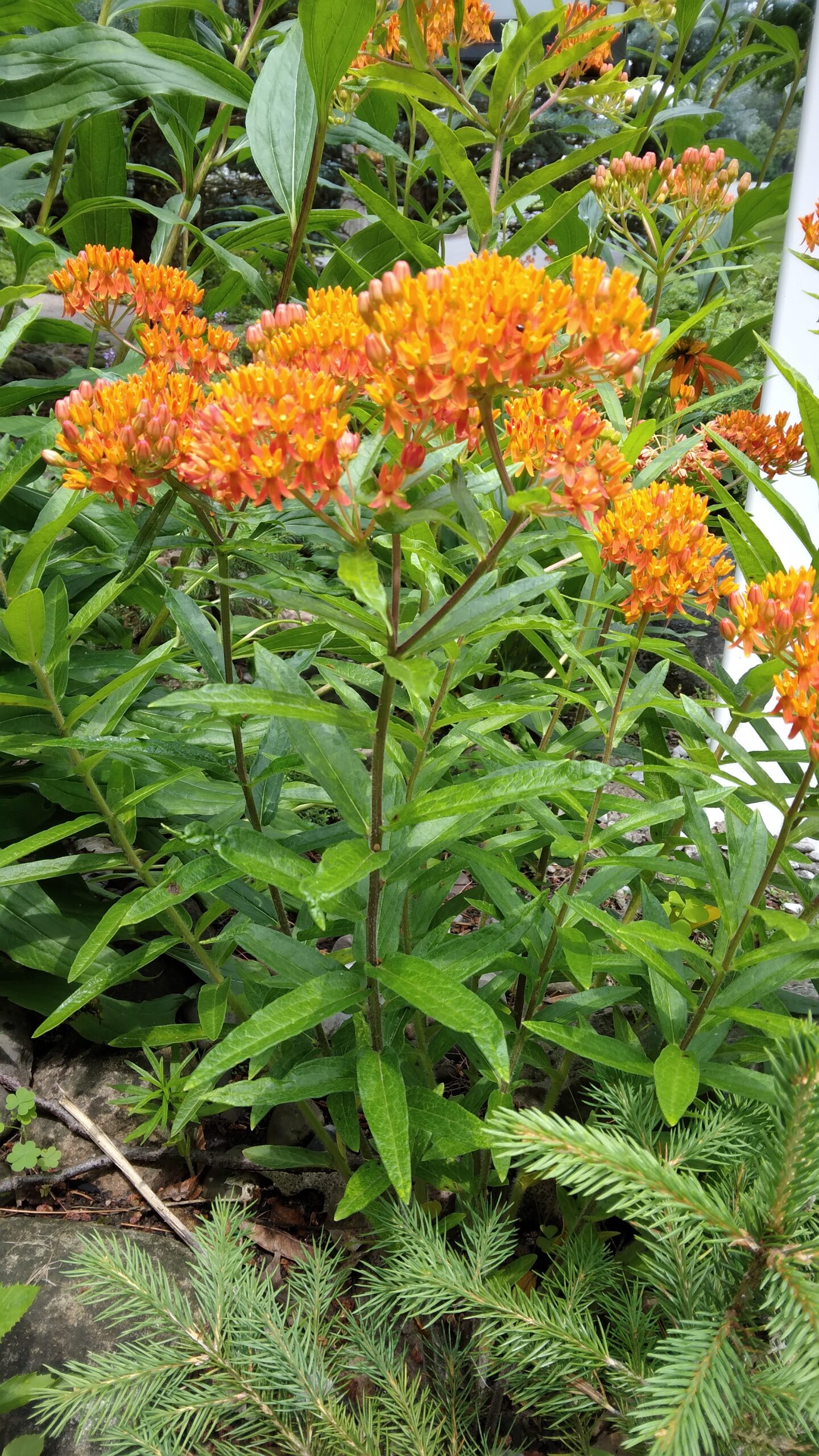
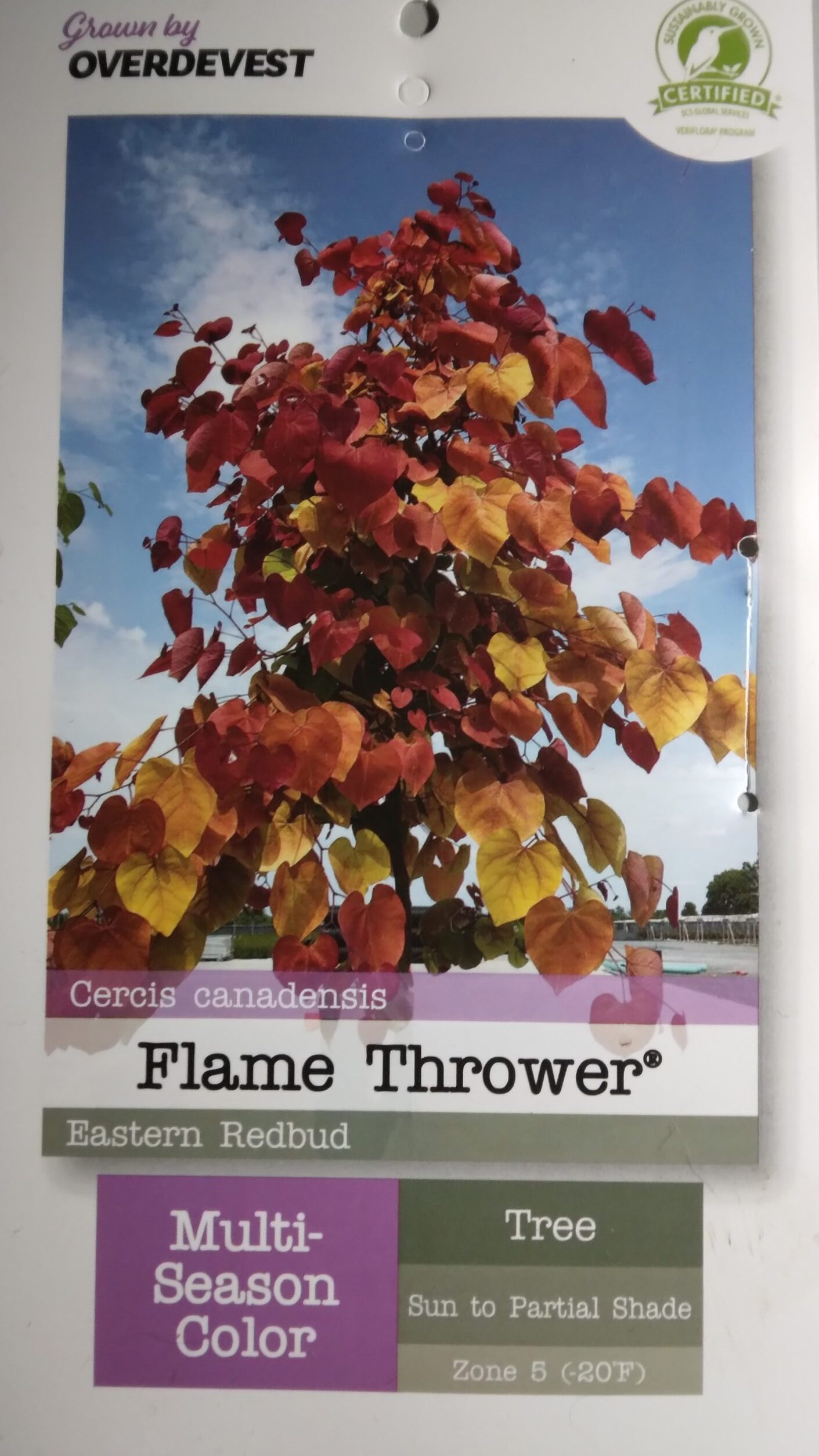
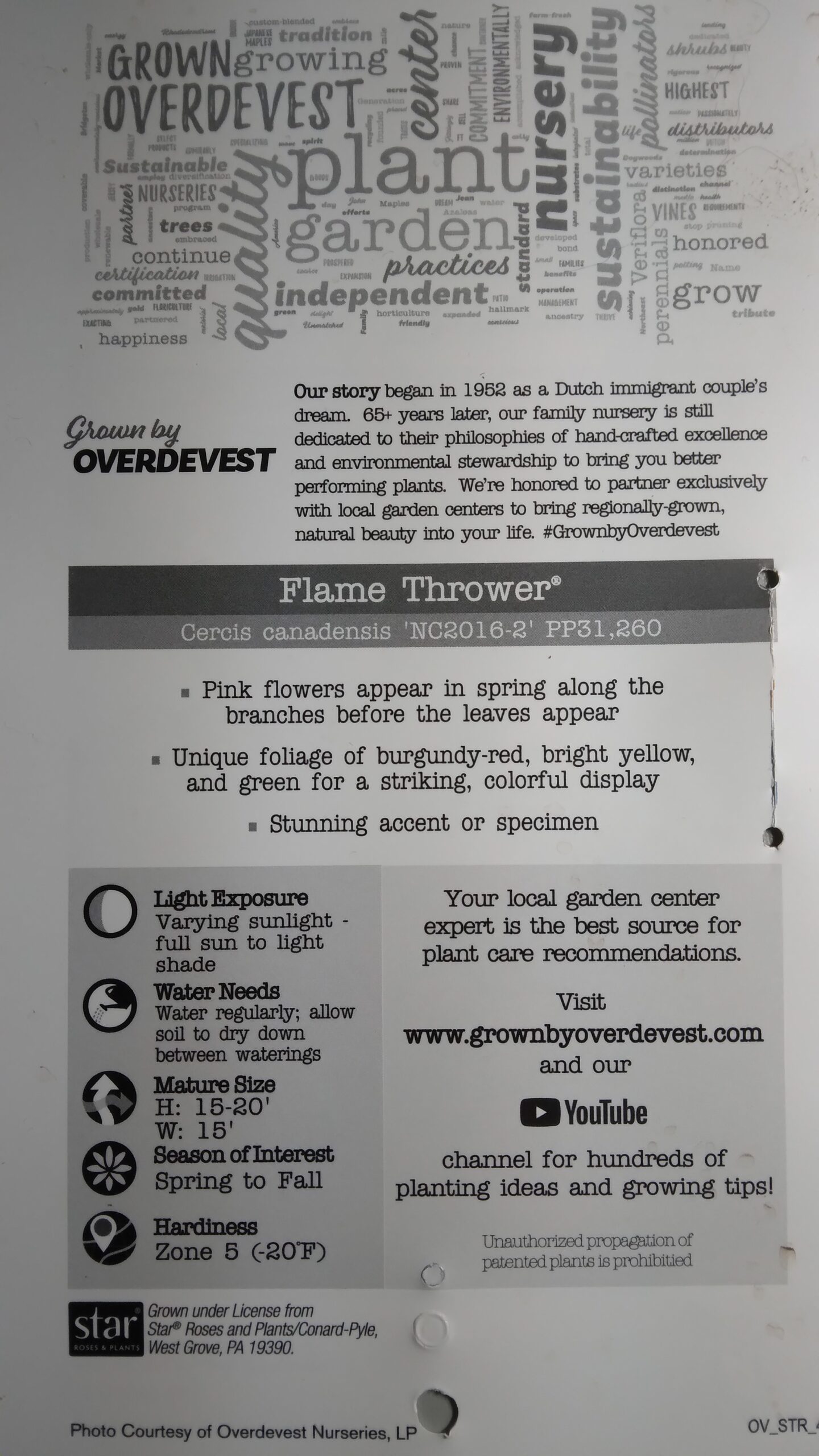
Key Benefits of the Service
New plants add beauty, value, and purpose to any yard. We have the know how to get the job done.
Get the right plant, in the right place
Compare plant options that will work best
Increase the value and enjoyment of your outdoor space
Learn about native plant options that may offer superior benefits
Get garden advice via text messaging @315-876-4366
